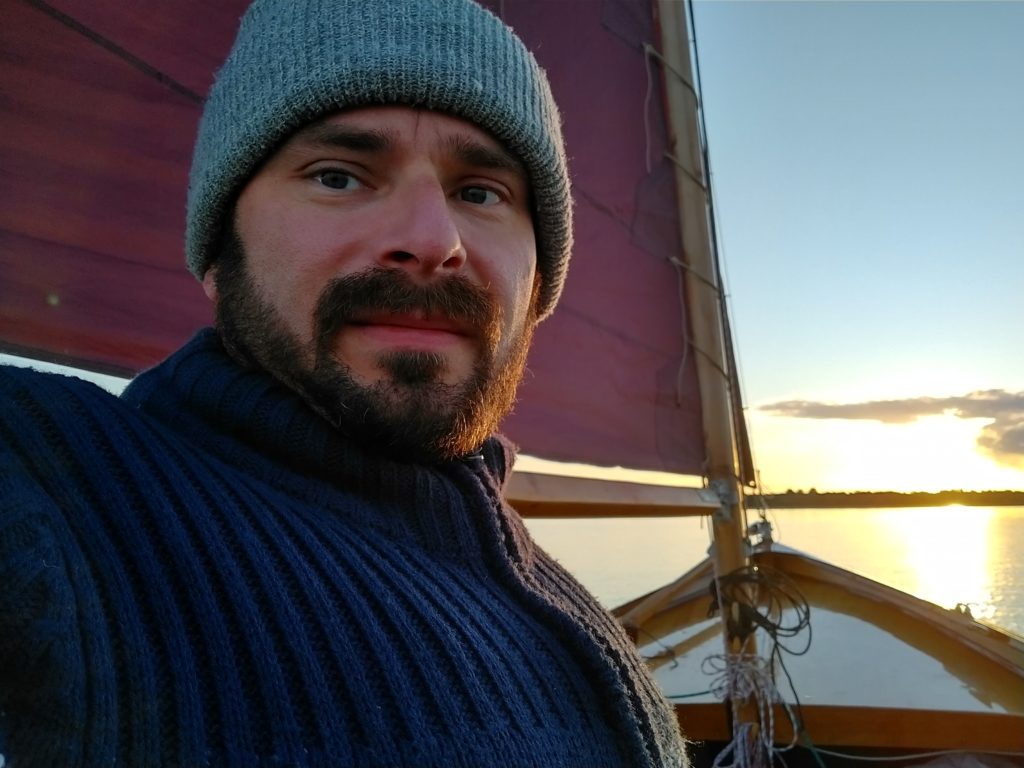Shipwreck Archaeology in the Intertidal Zone of the North Frisian Wadden Sea (Germany)
This is the recorded guest lecture held by maritime archaeologist Dr. Daniel Zwick on April 8 in 2022 at Koç University’s Mustafa V. Koç Maritime Archaeology Research Center (KUDAR) in Istanbul at the invitation of its director Prof. Matthew Harpster. The wrecks are threatened by coastal erosion, which has been recently highlighed in recent articles such as Spiegel and National Geographic.
Abstract:
In recent years there has been an exponential increase of wreck discoveries in the North Frisian Wadden Sea of the German federal state of Schleswig-Holstein. This can be linked to coastal erosion, tidal currents, and storms, all of which are amplified by climate change. Each of the wrecks has a unique story to tell, like the ‘half carvel’ Japsand wreckage from the early 17th century, which seems to be a local variation of a construction style that is most commonly found in Sweden. Or, the two ‘Double Dutch’ shell-first carvel built ships at Hörnum Odde (Sylt) and Süderoogsand – dating to ca. 1690 and 1733 respectively – that are comparable to Dutch East Indiamen and whaling ships in their construction. And, last not least, two additional wooden wrecks on Süderoogsand that were uncovered by a storm in late February, 2022. None of the wrecks have been identified yet, although a cooperation with historians has been forged – locally and internationally – to identify these sites and shed light on the fate of their crews.
The work hitherto done contains a special challenge, as the wrecks are located in very remote parts of the Wadden Sea. They can be investigated by neither conventional terrestrial nor underwater archaeological methods, and the time frame to survey them is established by the tidal cycle. These challenging conditions are further aggravated by the lack of funding for maritime archaeological research in Germany. Due to the sovereignty of the German federal state in cultural politics (‘Kulturhoheit der Länder’), there is no central German authority responsible for maritime archaeology. The littoral states often lack the resources to build capacities for such a highly specialized subject like maritime archaeology on their own, and archaeological excavations carried out by state authorities are typically only developer-funded. Regardless, the maritime cultural heritage is under threat particularly in areas affected by coastal erosion, and there is a concerted effort to raise awareness in the public and academic spheres to address and solve this important issue.



